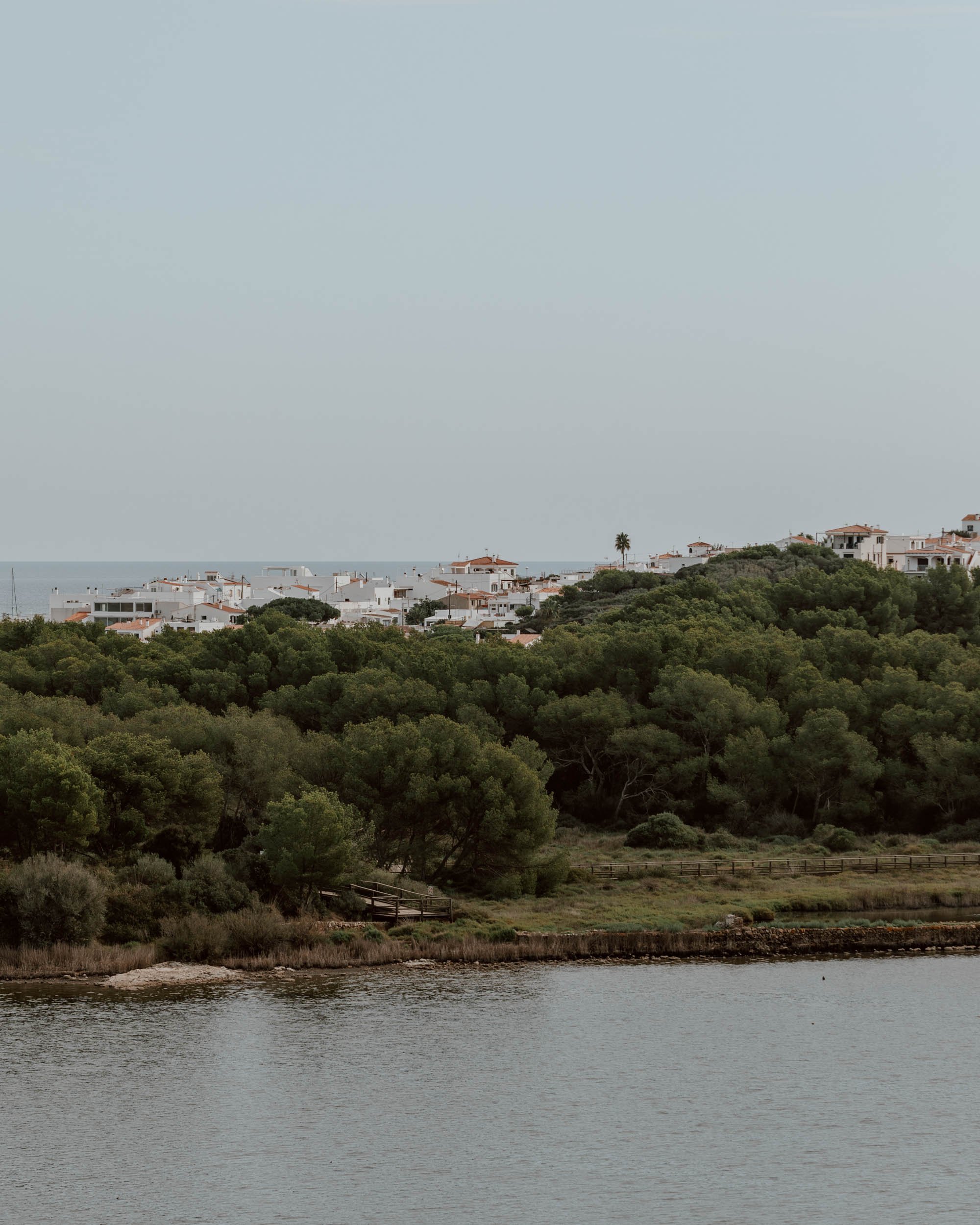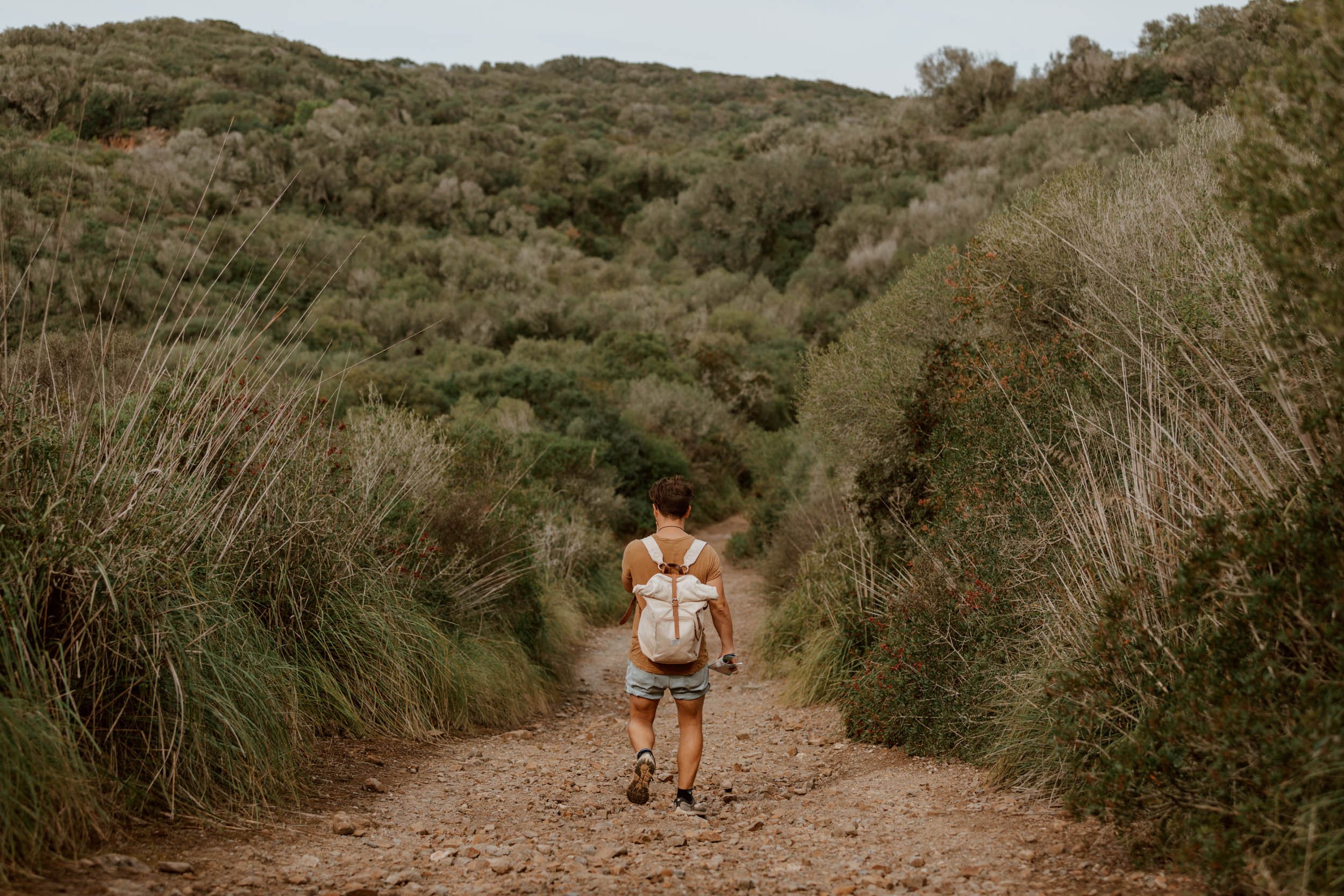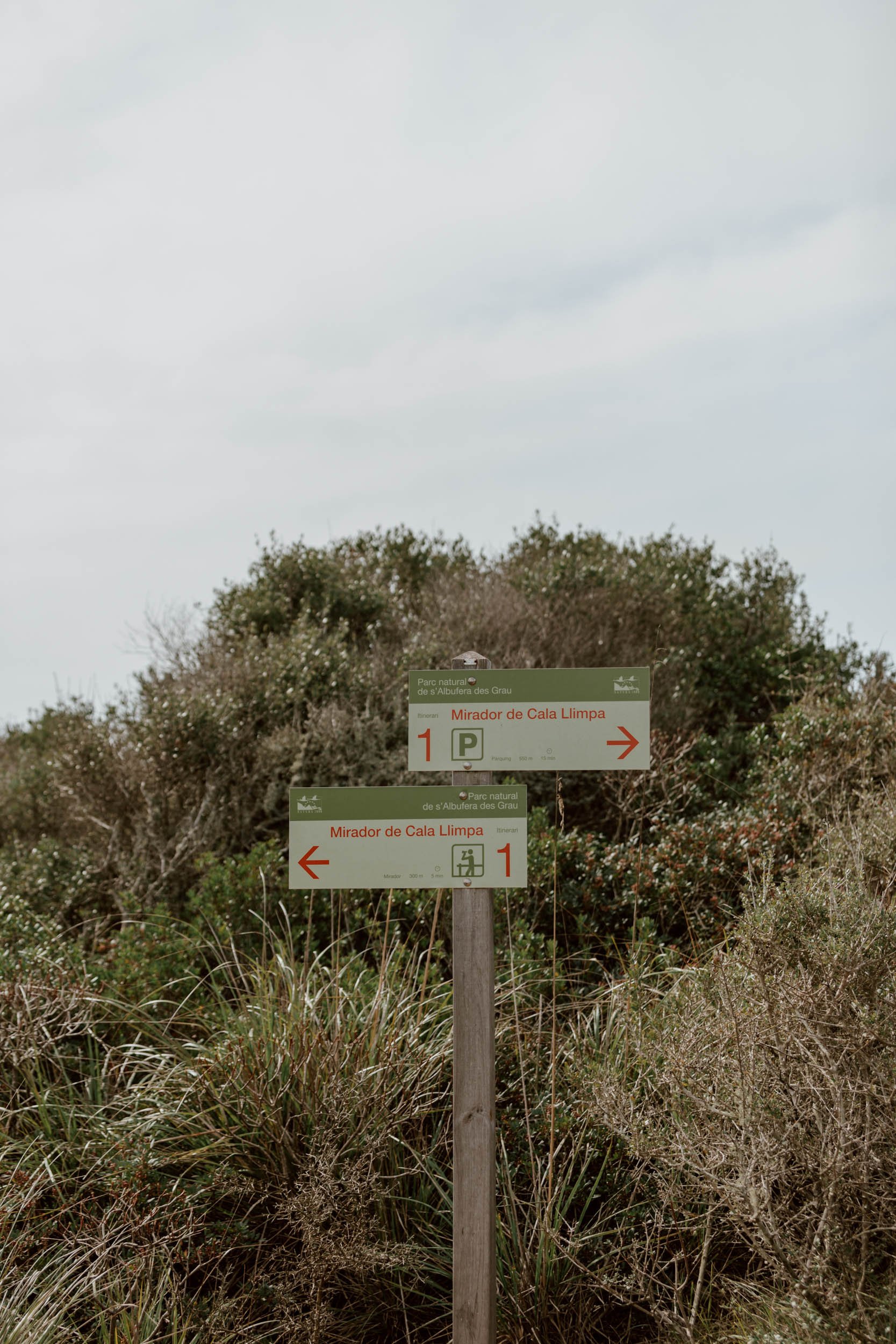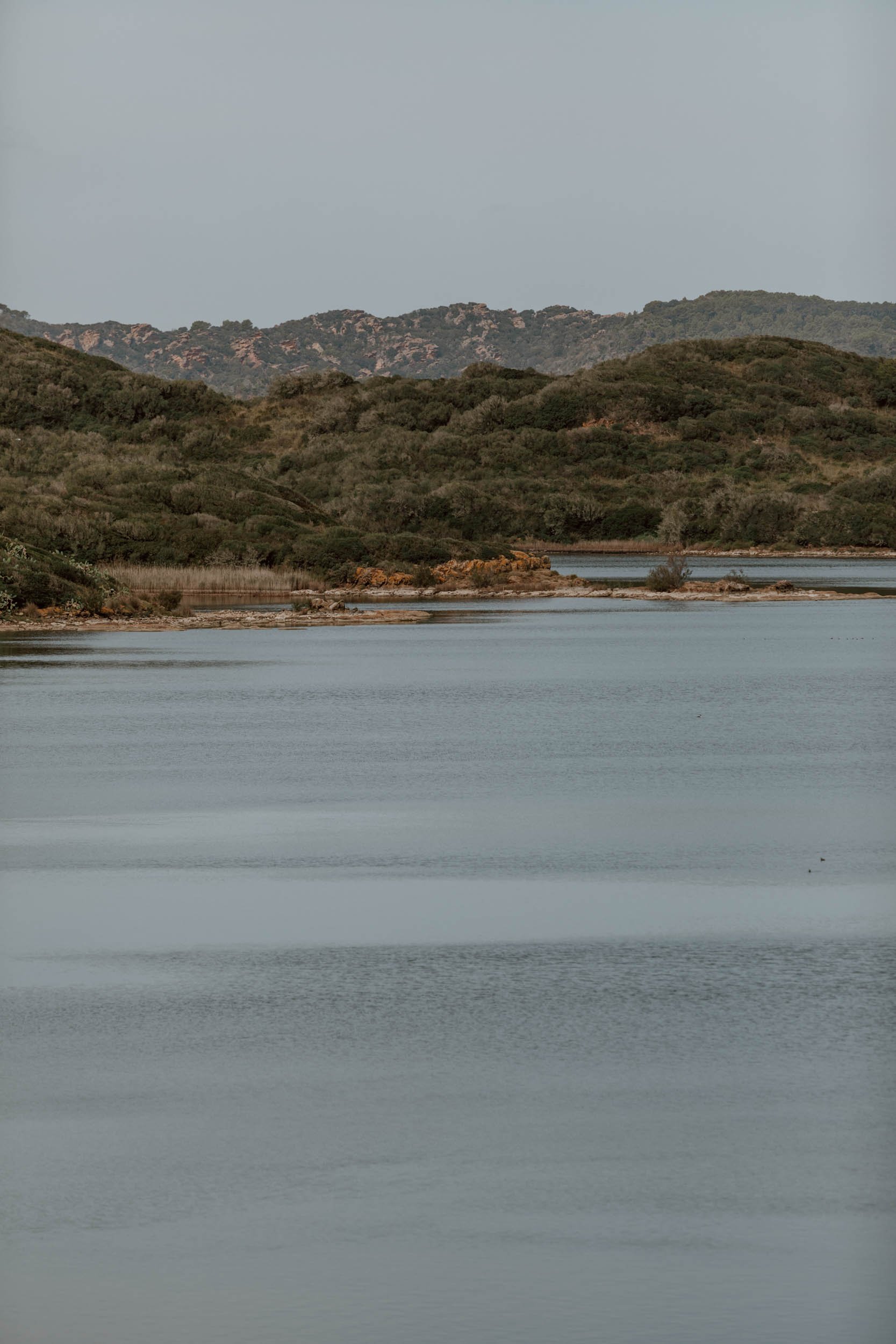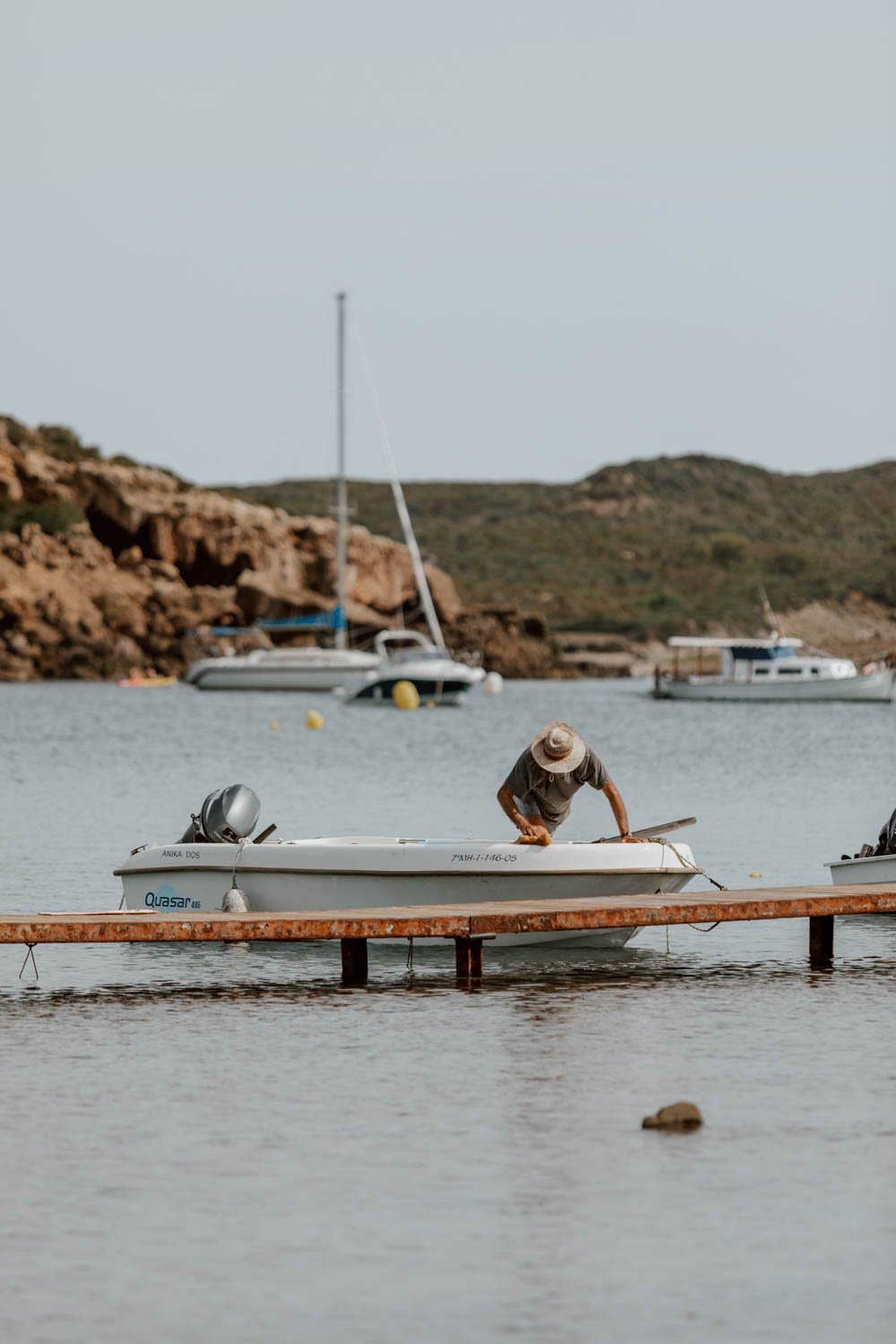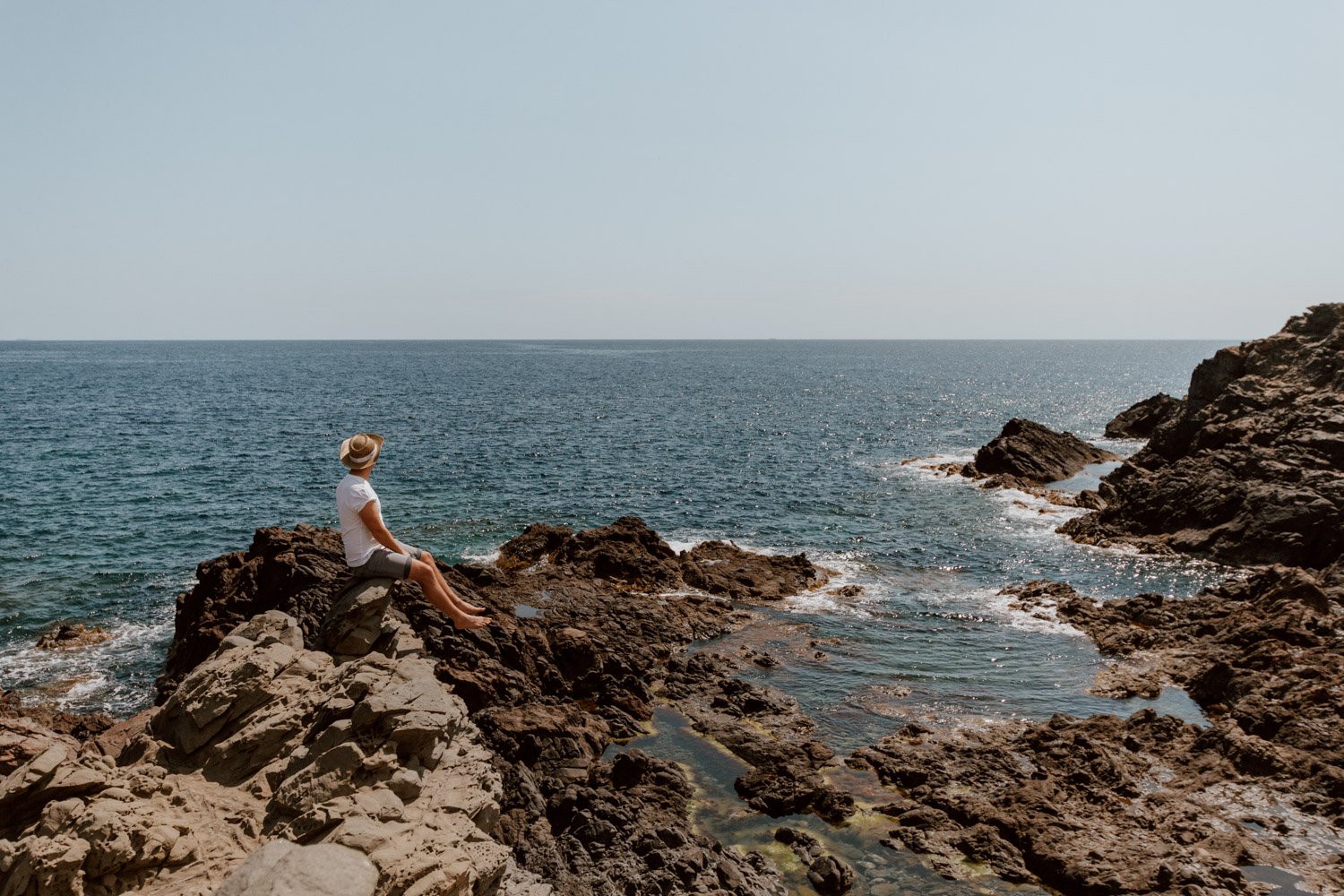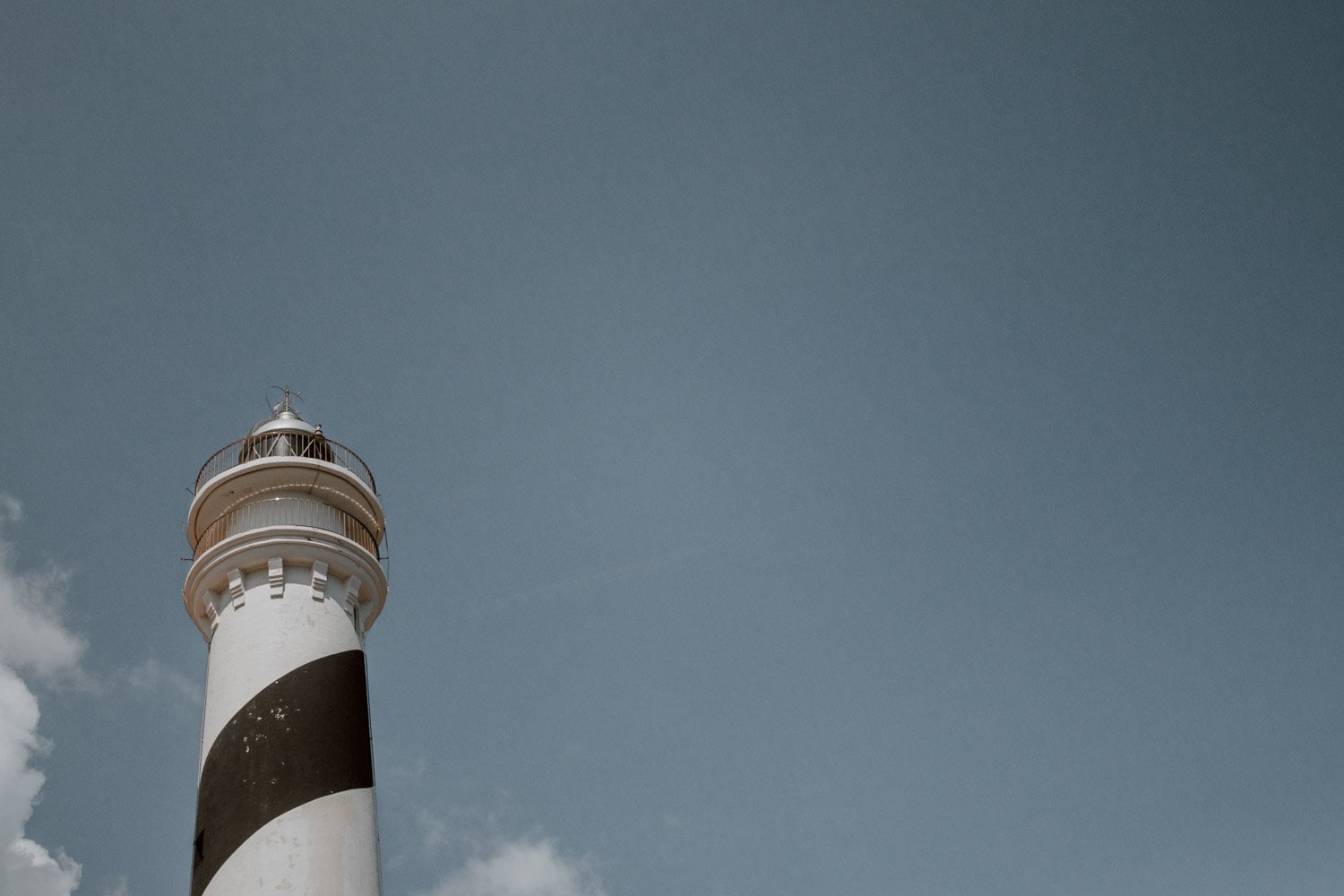If you’re looking for an alternative to the tourist towns and beaches of Menorca, Albufera Des Grau Nature Park - with nature trails, cute villages and a famous lighthouse - offers the perfect day trip. Plan your time with our guide.
Updated November 2023
In the late 1980s, alarm bells began to ring across Menorca.
Aware of the unsustainable levels of urban growth (primarily as a result of tourism) across much of eastern Spain, a number of naturalists, scientists and concerned citizens began to campaign for better protection for Menorca’s unique and fragile ecosystems.
In 1993, their efforts paid off, with the whole island designated as a Biosphere Reserve by UNESCO - just one of nearly 700 in the world. This is one of the key factors in Menorca retaining its rustic natural appeal with swathes of unspoiled landscapes, rather than developing into one large concrete beach holiday resort.
The small Balearic island is today considered to have one of the most diverse ecosystems of all the Mediterranean islands, and the protected Nature Park of S’Albufera des Grau is at its epicentre.
Situated in the northeastern part of the island, it was created in 1995 and covers more than 5000 hectares of of wetlands, expansive sections of coastline, an islet and a number of traditional farms; a series of environmentally diverse landscapes which play home to hundreds of species of plants, birds, animals and marine life.
For the visitor to Menorca, the park offers a lesser-visited alternative to tourist towns and beaches, and an opportunity for short walks, bird watching and sampling slow village life.
In this guide, we’ll cover all the popular things to do in Albufera Nature Park, as well as tips for planning your time and advice on how to get there.
S’Albufera des Grau essentials
When / Established in 1995
What / Centrepiece of Menorca’s UNESCO Biosphere Reserve, that encompasses the village of Es Grau, the Favatrix Lighthouse and various nature paths around the lake
Hike / Multiple relatively short trails to follow
Cost / Free to enter
Stay / Easily reached from Mahón but the nearby small village of Es Grau is ideal - we love this apartment
Follow a Hiking Trail
The Cami de Cavalls, the 185 km footpath which circumnavigates the whole of Menorca, passes through the national park but there are also three other official trails for visitors to enjoy within it.
Two of the walks begin near the Visitor’s Centre towards the entrance of the park, and the other begins just outside Es Grau village.
Route C1 | Mirador de Cala Llimpa’s
1.7 kilometres / 40 minutes / easy
This hike begins from a small car park near the Visitor’s Centre (maps); take the dusty trail on your right that leads you to a beautiful viewpoint over the lagoon. It’s marked as the ‘red 1’ route on visitor maps, and we walked it in less than 30 minutes.
Route C2 | Santa Madrona’s Route
2.8 kilometres / 1 hour / easy
Beginning from the same point as above, take the gated dusty trail on your left. This trail leads you to a secluded bird watching hut, and a number of other bird watching spots before finishing back in the carpark. It’s marked as ‘green 2’ on visitor maps.
We recommend combining these two walks if you have the time available.
Route 3 | Sa Gola’s Route
1.7 kilometres / 45 minutes / easy
The start point of this hike can be found near to Es Grau village’s football field, here on maps. It will first take you left to a mirador, before heading back on yourself and continuing along the path proper, through the forest and on to the north part of Cala Es Grau. Walk back along the beach and finish in the village. It’s marked as ‘blue 3’ on visitor maps.
All the S’Albufera des Grau walking trails are very clearly signposted, making getting lost nigh on impossible. You can pick up a paper map from the Visitor’s Centre though, where you’ll also find a large noticeboard map with trail information (take a photo with your phone).
As mentioned above, all the trails are of a very easy standard, with no significant incline. Fit individuals will likely complete each route much quicker than the allotted time, and it’s fine for kids.
You don’t need hiking boots or shoes for these, however we would recommend wearing some closed-toe trainers, especially if there has been any rain. Additionally, it would be a good idea to bring plenty of water with you and avoid setting out on a walk in the middle of the day in the summer months.
All trails are open all day, every day of the year but if you’d like to visit the Visitor’s Centre (maps) do note that it’s open every day 9 am - 3 pm, with later hours on Tuesday to Thursday (until 5 pm November to March and 7 pm April to October). There are toilets here too.
To reach the Visitor’s Centre, simply take the first left turn not long after entering the park (it’s clearly signposted) and then follow the road for a couple of kilometres. If you intend on walking the one or both the Mirador de Cala Llimpa and Santa Madrona routes, we recommend hopping back into your car and continuing along the same road for a couple of minutes (look out for cats!).
You’ll arrive at a dead end (just after a villa on your left) where you are able to park for free, right by the trail start / end points - if it’s full, then park up at the Centre.
Plan | Find out more about walking the Camí de Cavalls.
Bird Watching
We have to preface this section with an acknowledgement that we are not big bird watchers. However, as was evidenced from little huts from which you can observe the birds quietly, the various signs depicting species of note, and the number and variety of birds that we personally witnessed during our time in the park, Parc Natural de s’Albufera des Grau is clearly a very popular place for twitchers.
There are over 100 different species of birds in the nature park, with the most common being Eurasian Coot, Great Cormorant, Wood Sandpiper, Sardinian Warbler, Thekla's Lark and Common Crossbill, alongside a number of birds of prey (Peregrine Falcon, Egyptian Vulture, Booted Eagle, Osprey and Red Kite).
Prior to the pandemic, you could rent binoculars from the Visitor’s Centre, but as far as we know, this is no longer possible - if you discover otherwise, we’d love to hear from you in the comments!
If you’d like join a bird watching tour during you time in Menorca, consider taking a look here (we have no personal experience of this company).
The Peaceful Village of Es Grau
The small village of Es Grau feels like another world; the sort of place many of us would love to see out our final days.
A collection of houses by the shore where the older generation trade home-cooked food and company in front of white-washed homes, or battle-worn stories across plastic tables in simple cafes and bars, where you are more likely to see a group of mature ladies in colourful swimming caps nattering whilst exercising as you are tourists enjoying the shallow and calm waters that line the bay.
There are of course younger people here, those that wait tables, take tourists out to sea and raise families, but the undeniable age-demographic means that Es Grau is peaceful - and a lovely day trip away from Menorcan resort towns, or perhaps for those of us that appreciate a slower way of life, a base from which to explore the island.
The drive to Es Grau from Mahón is very straightforward, and should take no longer than 15-20 minutes. Upon arriving, you will find a large car park (maps) just a couple of minutes’ walk from the centre of the village.
Alternatively, there is a bus (Line 23) that runs from Mahón bus station to Es Grau in the summer months. These depart at least once an hour from around 10 am to 2 pm. Before and after this, they are more infrequent. You can find a full timetable here.
We’ve written a complete article on Es Grau, so we’d recommend heading over there for full details on how to spend your time, where to eat and, if you are so inclined, where to stay.
Visit the Favàritx Lighthouse
One of the final lighthouses to be built along Menorca’s northern coast, the Favàritx Lighthouse is perhaps the island’s most famous - its iconic concrete shaft painted white with black spiral stripes, towering 28 metres above the moonlike landscape of Cap de Favàritx.
If wanting to visit the lighthouse, it’s important to note that this is in a completely different part of the Nature Park to the Visitor Centre and Es Grau.
Additionally, in an effort to control visitor numbers during high season, it is now no longer possible to drive all the way to the lighthouse. Instead, you will need to head to a free carpark (approximately a 20 minute drive from Mahón), leave your car and then walk a full two kilometres / 45 minutes.
Be warned that this may not sound far, but should you be doing it in the middle of summer it could prove to be quite difficult, especially if you have children.
Find the car park here on Google Maps - it’s also the one you need to reach Cala Presili and Playa d'en Tortuga.
An alternative, is to take the #43 bus which will deposit you at the lighthouse. You can check the full timetable here.
Hikers can also walk the 8.6 kilometre Section Two of the Cami de Cavalls.
Information for Visiting The Nature Park
Responsible Travel in the Biosphere Reserve
// No dogs allowed in various sections.
// Do not approach or disturb wildlife.
// Do not pick flowers or take home with mementos from your trip (things like rocks etc).
// Remain on marked paths.
// Take all rubbish home with you or dispose of in designated rubbish bins.
// Be respectful of other visitors, and especially of those that call the park home.
Accessibility
Although the trails themselves are not particularly challenging to an able-bodied person, those with physical limitations or in a wheelchair would likely still struggle.
As a way around this, there is now the possibility of hiring a Jöelette chair (a sort of all-terrain wheelchair with just one wheel that allows those with reduced mobility to take part in excursions across rough terrain), and heading out on the various trails with a Red Cross volunteer.
Loan is completely free, but as there are a limited number of chairs and volunteers, requests must be put in at least three weeks in advance.
Bookings can be made by phoning 971 17 77 05, 9am - 2pm Monday to Friday, and further details can be found here (Spanish only).



